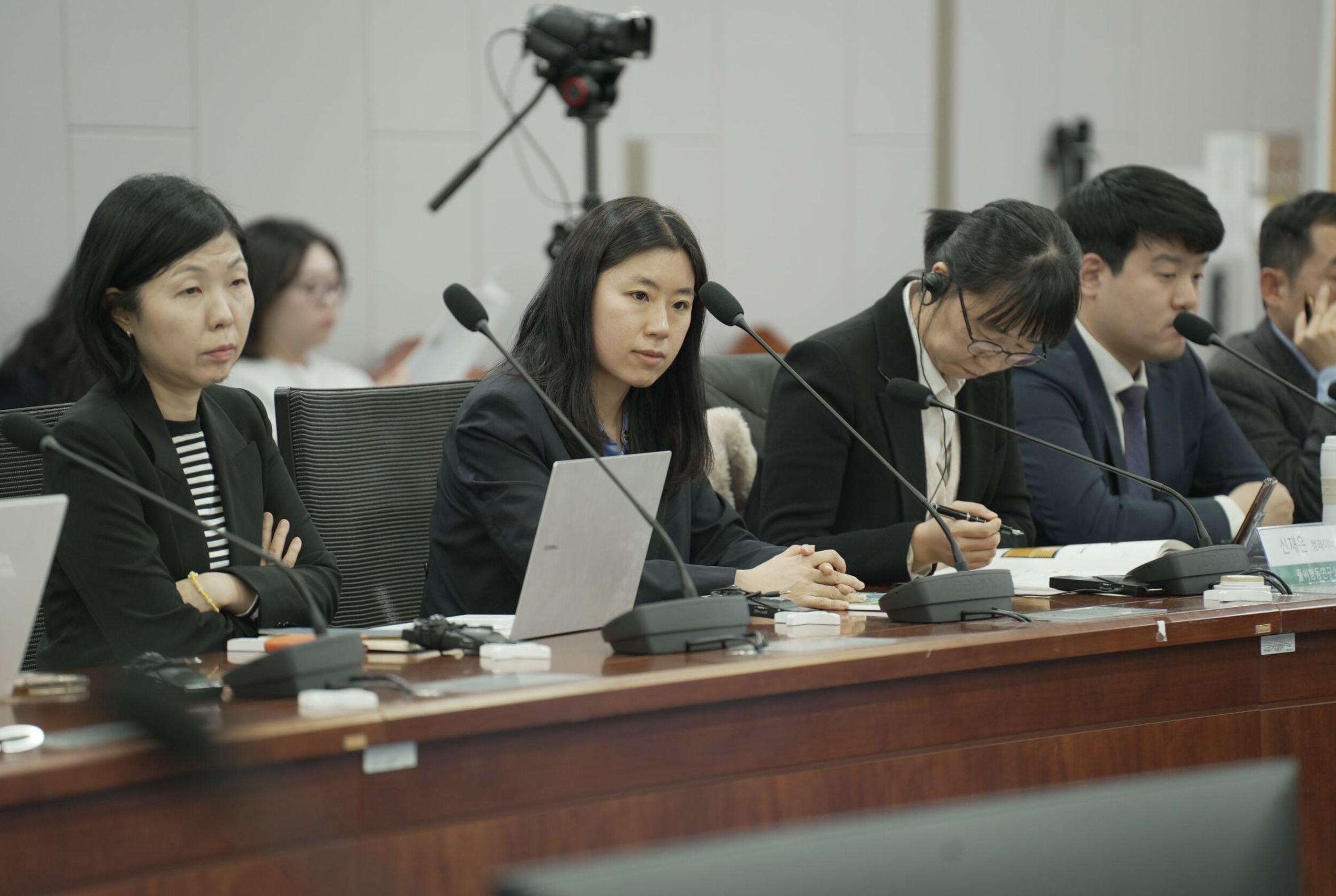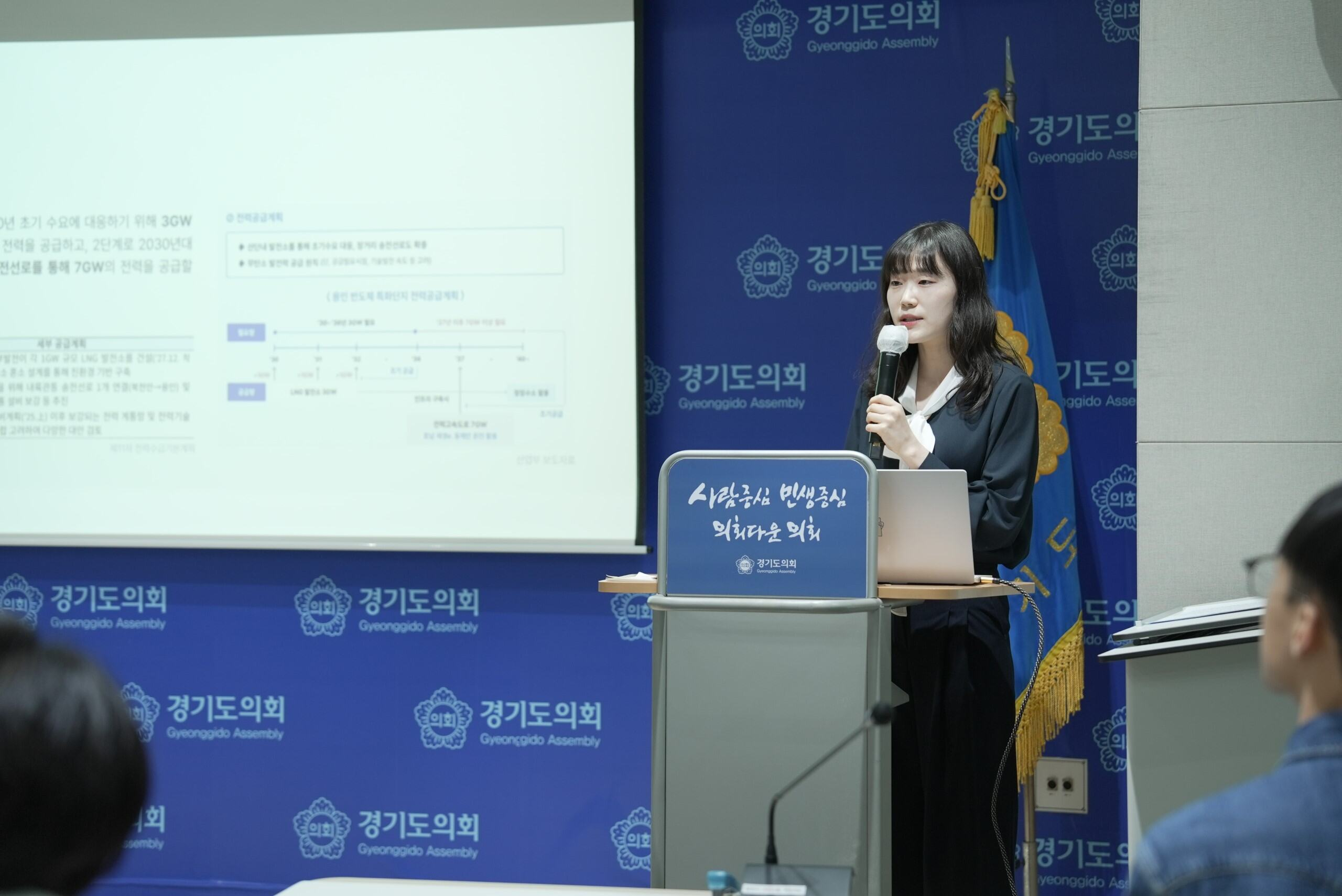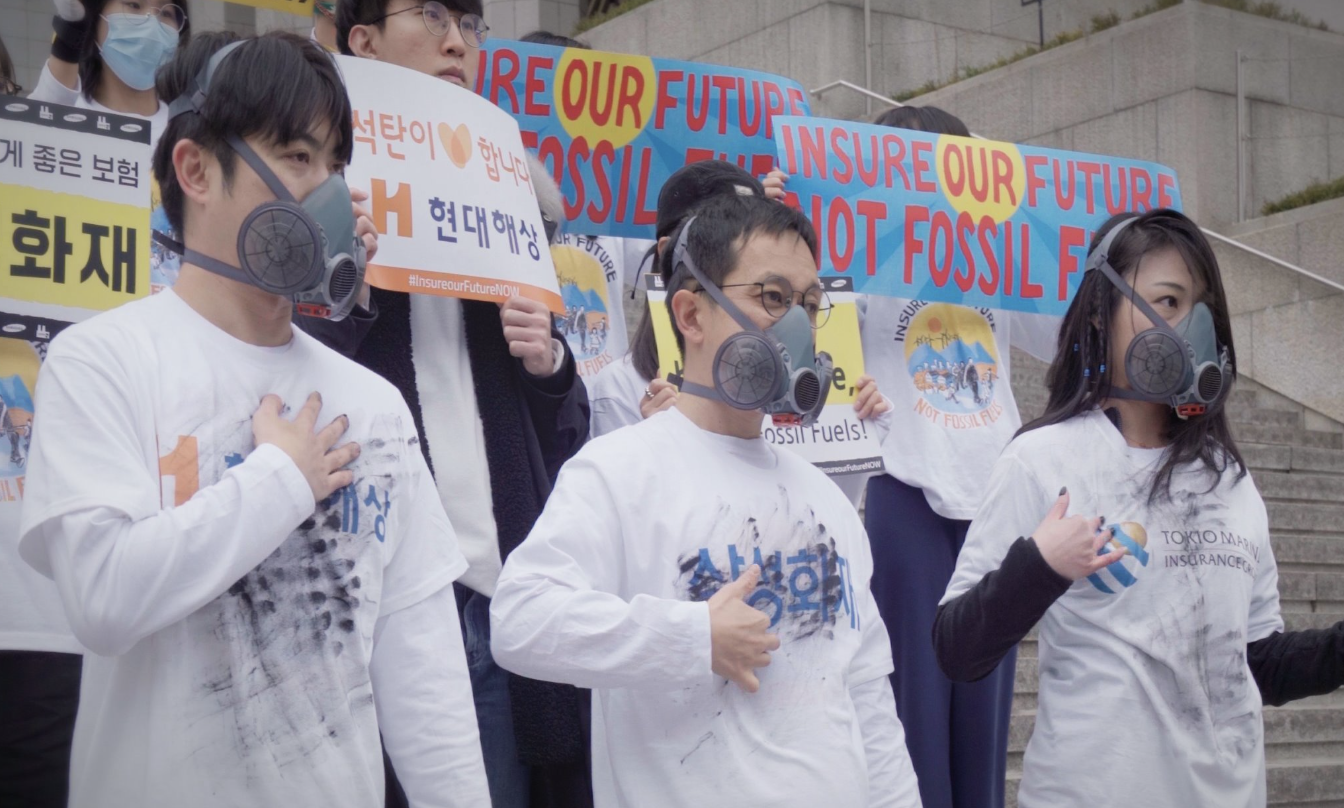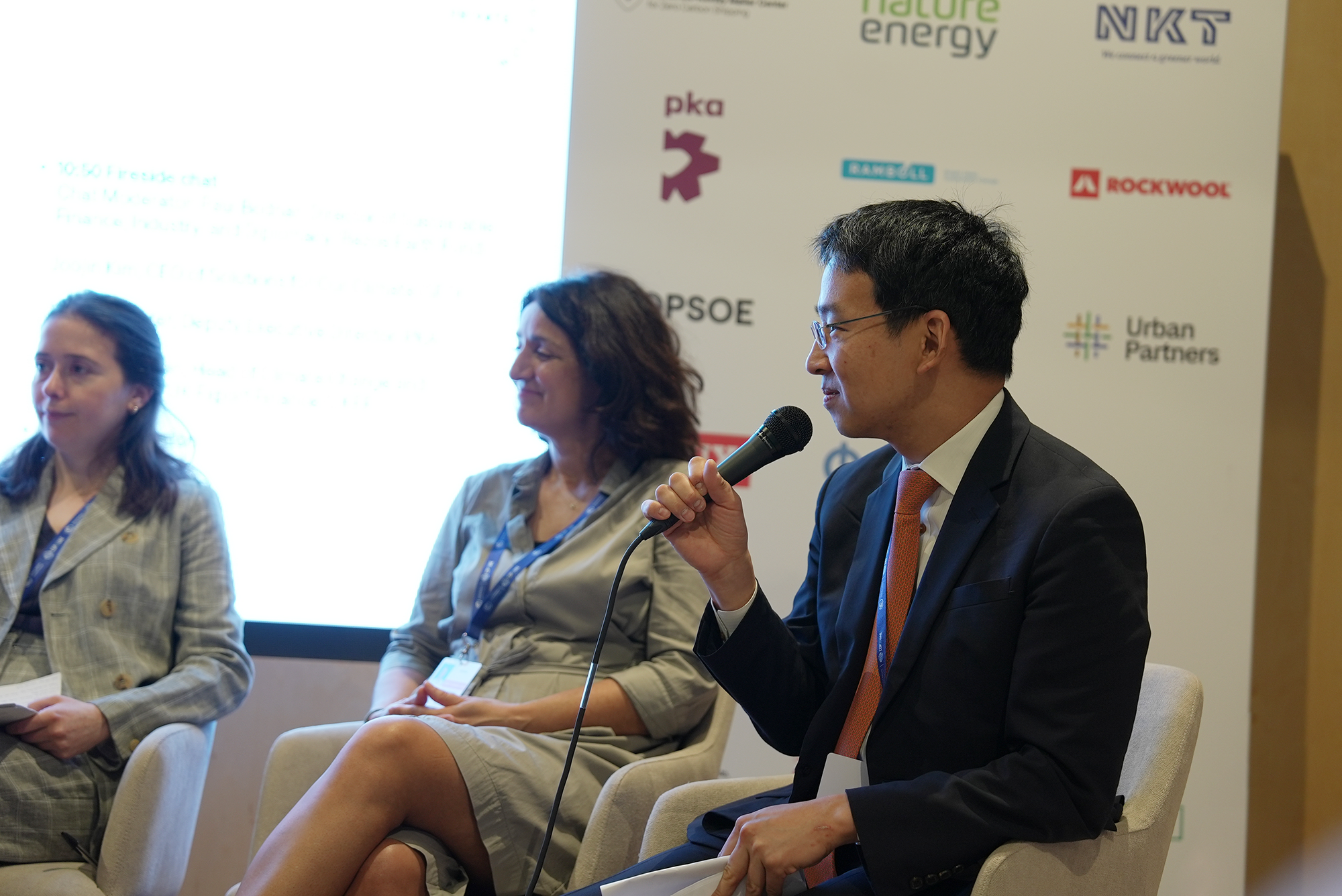
About
As the fourth planning phase of the Emissions Trading System (2026-2030) draws near, the Ministry of Environment and the Ministry of Economy and Finance are to announce the master plan by December 2024, with an allowance allocation plan due from the Ministry of Environment by June 2025. This study provides three scenarios for revising the Emissions Trading System (ETS) in South Korea—current policy, enhanced Nationally Determined Contribution (NDC), and a carbon neutrality—aimed at effectively meeting national greenhouse gas (GHG) emissions reduction goals. Moreover, this study projects auctioning revenues for the three scenarios and their economic effects and ultimately recommends strategic improvements to the South Korean ETS (K-ETS) in a manner that accelerates the decarbonization of the industrial sector.
Executive summary
Securing Transition Funds Through Improved ETS: Under the ETS revision scenarios outlined in this study, annual auctioning revenues are forecast at about KRW 32.6 trillion (USD 24.1 billion) under the current policy scenario and even at KRW 66.5 trillion (USD 49.3 billion) under the carbon neutrality scenario by 2040. The latter figure roughly meets the annual climate finance needs of KRW 57 – 82 trillion (USD 42 – 61 billion) estimated by the Korea Capital Market Institute (KCMI). As there is the pressing need to mobilize funds to spur carbon neutrality in the steel sector and beyond, the fourth ETS revision should prioritize increasing auctioning revenues to accelerate GHG emissions reduction and aid in the transition of jobs for those on the fringes of society and local economies.
Bold Shift Towards Auctioning: Amid the global shift away from the logic of preventing carbon leakage and toward increased auctioning of the heavy industries, the allocation of GHG emissions must be increasingly auctioned in K-ETS, thereby directly delivering a powerful price signal and compelling ETS participants to increase their investment in low-carbon technologies. The carbon neutrality scenario, with a 20-percent yearly reduction in free allocations starting in 2026, supposes the commercialization of hydrogen-based direct reduction ironmaking (H2-DRI) by 2033. Following this carbon-neutral pathway, South Korea could reduce the CBAM certificates cost for steel products by 74% (KRW 141 billion, USD 105 million), compared with the traditional blast furnace route combined with 100% free allocations.
Advancing NDC Trajectory: To fulfill national mid- to long-term GHG reduction goals via ETS, priority should be given to driving down emissions in the industrial sector. Industry accounts for a substantial share of total national emissions but has not demonstrated significant declines since the introduction of the K-ETS. This study suggests that the 2035 NDC be set in reference to the carbon neutrality scenario (based on K-Map2.0), which advocates for the rapid adoption and commercialization of low-carbon technologies. Because NDC serves as the basis for allowance allocation planning for K-ETS, it will be a crucial momentum to advance industrial reduction targets when setting 2035 NDC. Moreover, the strengthened NDC targets should not be set aside to the category of other reserves in K-ETS, in order to ensure alignment between allowance allocations and the country’s GHG reduction goals.
Key findings




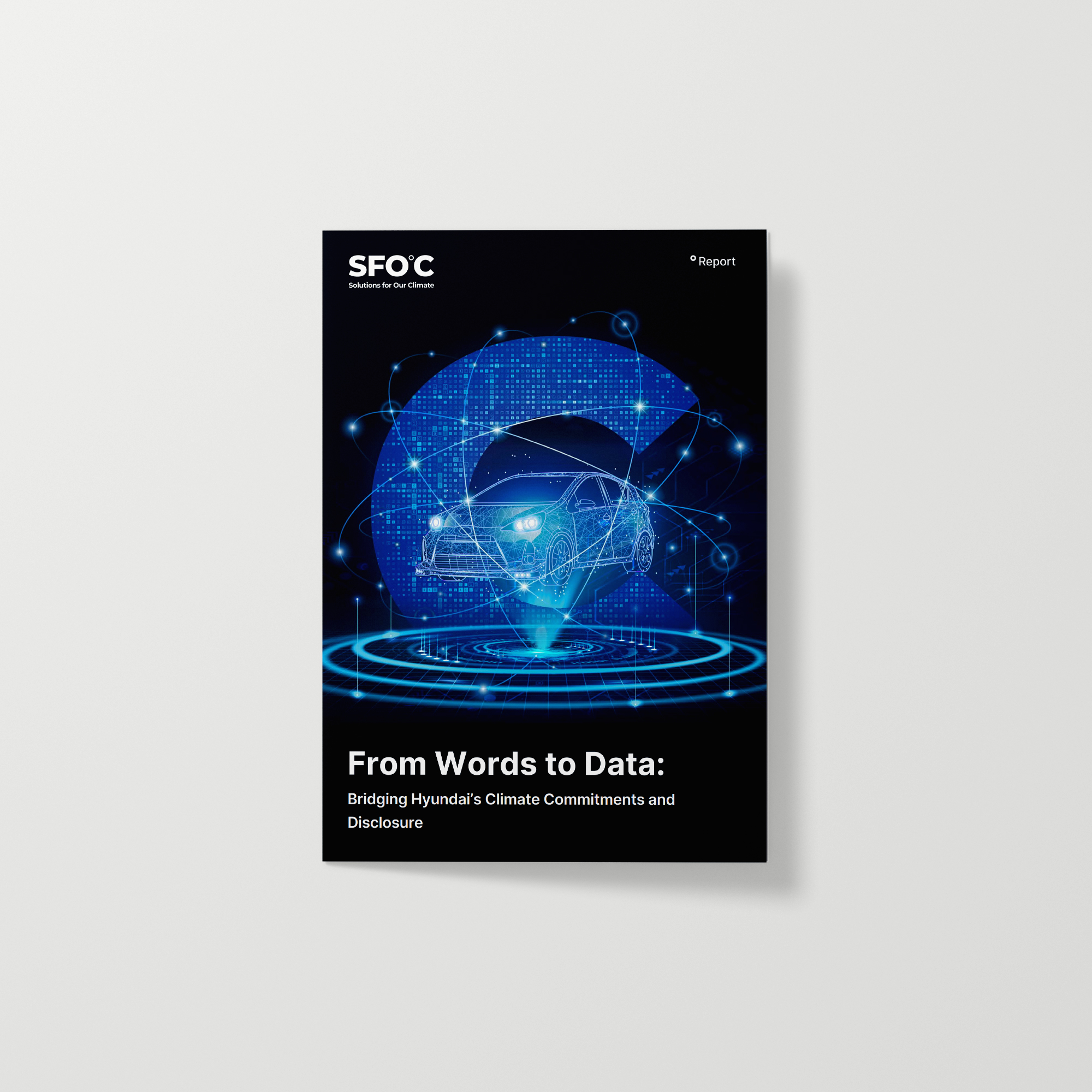
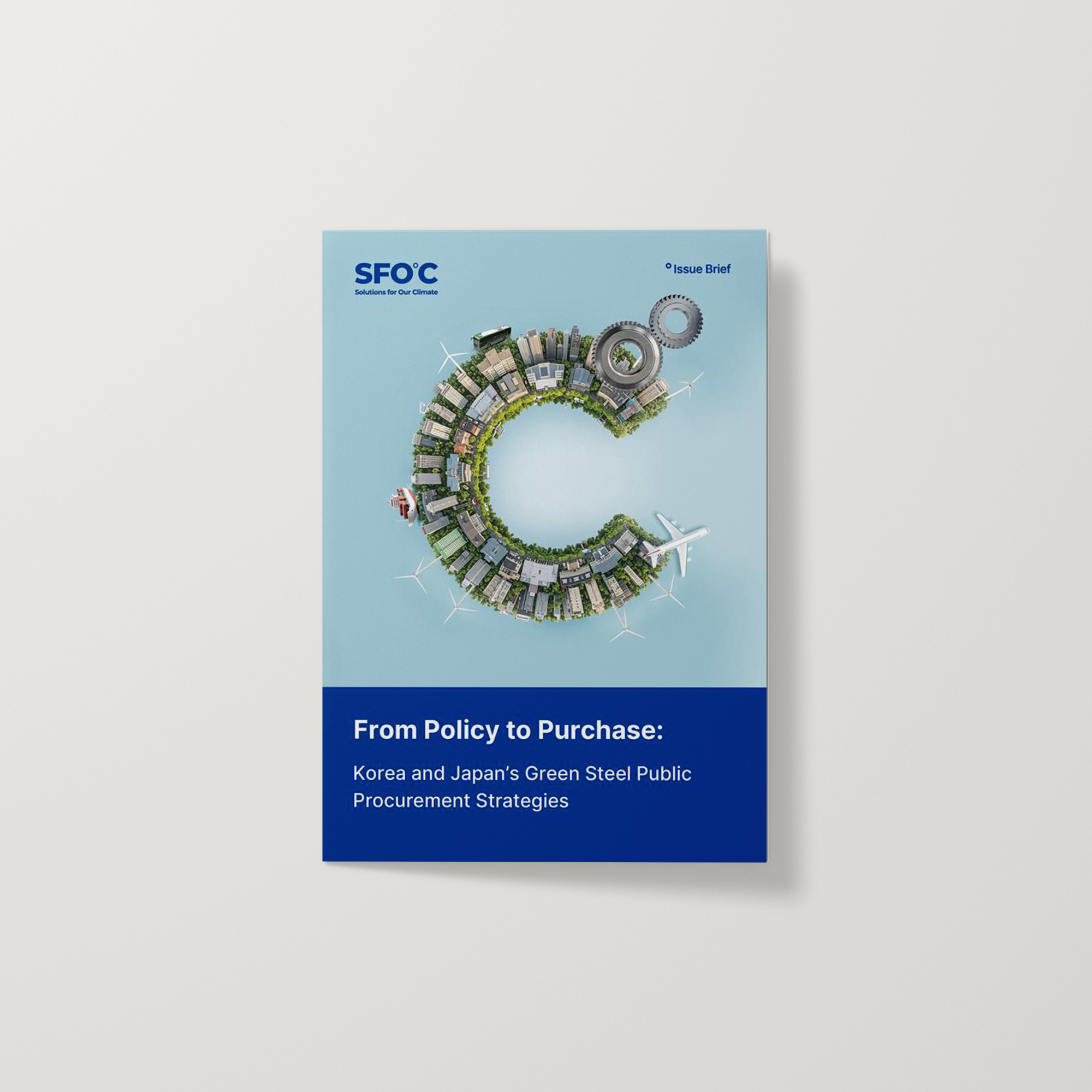
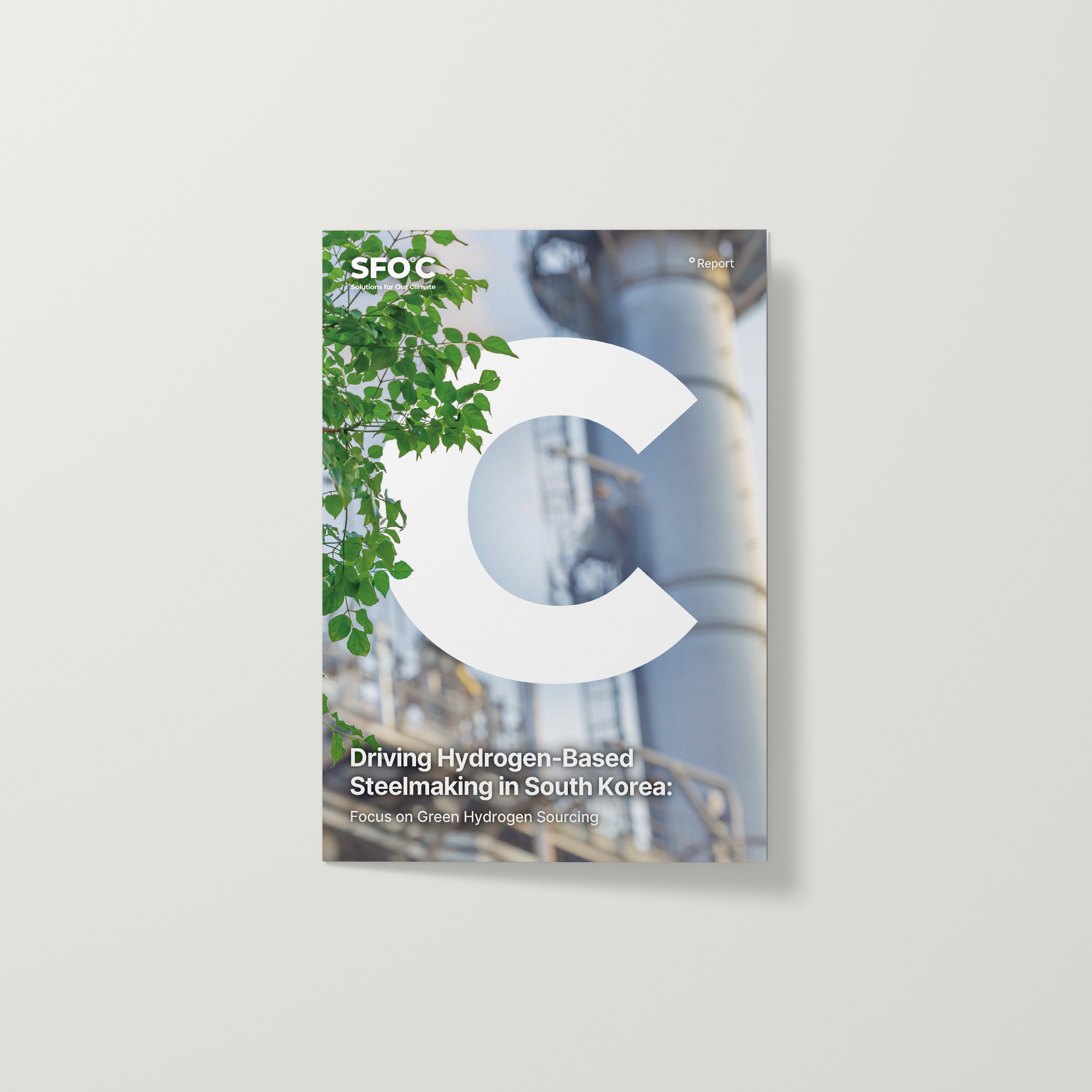











![[CREA-SFOC] Unveiling the Truth Behind Blast Furnace Pollution_South Korea](https://content.sfoc.tapahalab.com/images/research/C4Xvdme.jpg)




